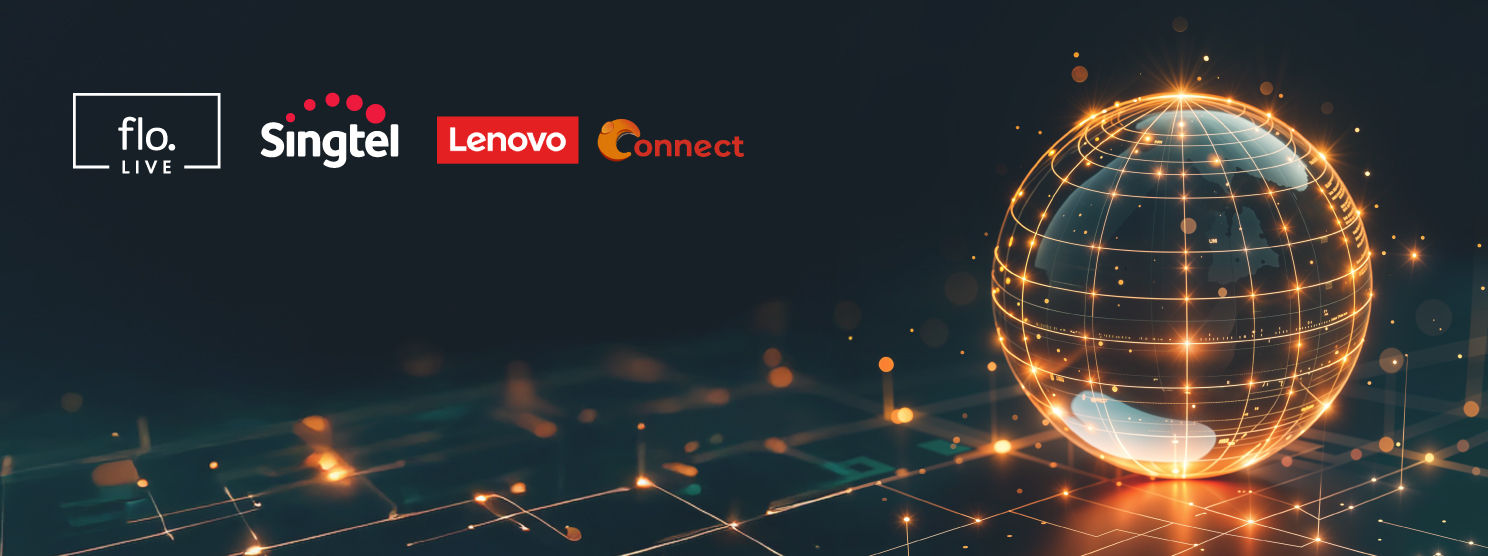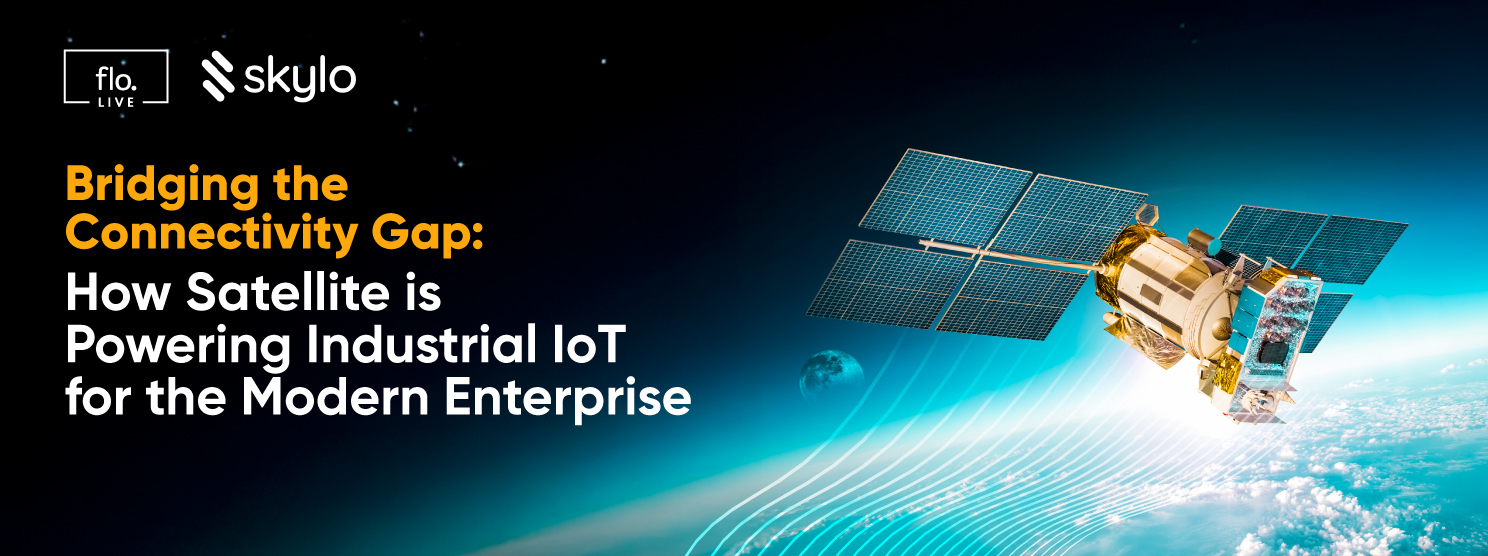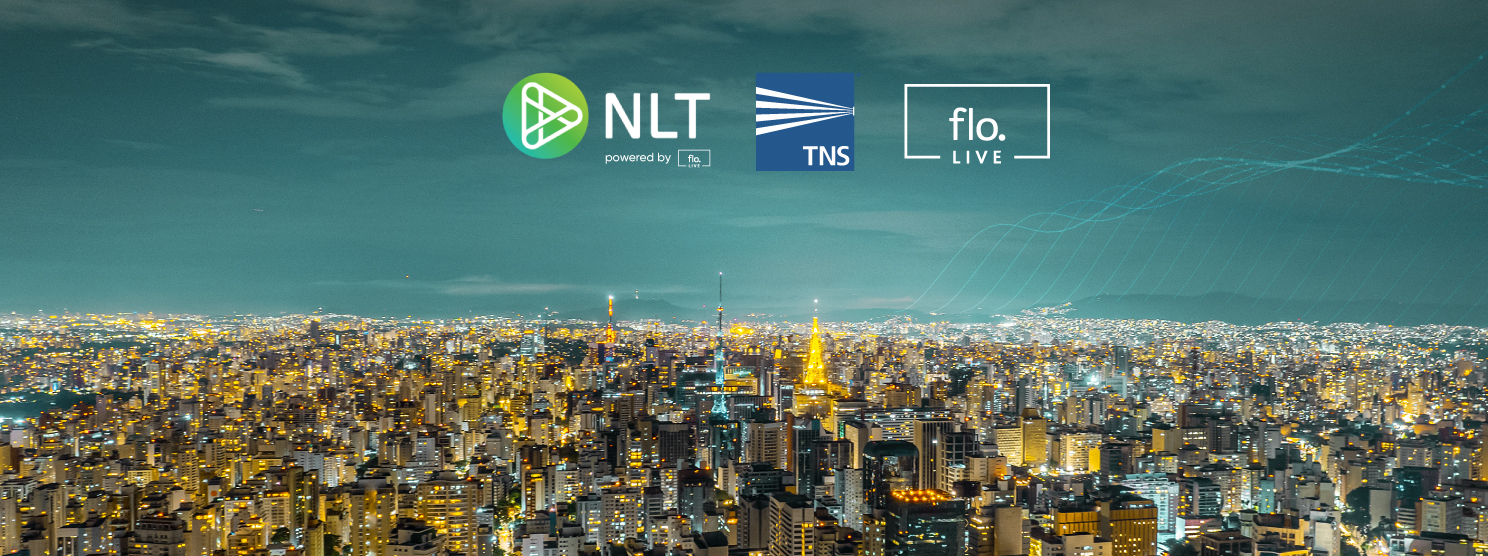Page Contents
The 2G/3G Sunset and What it Means for IoT Devices

Page Contents
The 2G/3G sunset is in motion in the US. In a matter of months, 2G and 3G connectivity will not be available. If you’re looking for answers about its impact on IoT, which technologies you can turn to, if 5G is a viable option, and what to do to be prepared, we answer these and other critical questions below.
What is IoT 3G?
IoT 3G refers to the use of third generation (3G) mobile network technology to connect Internet of Things (IoT) devices. Introduced as a leap beyond 2G, 3G networks offered improved data speeds and greater support for more complex IoT applications, enabling real-time data exchange and mobile connectivity for devices in motion.
While newer technologies like 4G LTE and 5G have largely taken center stage, 3G still plays a role in many global IoT deployments—especially in regions where 4G coverage is sparse or where legacy systems continue to operate. From vehicle tracking systems and remote sensors to early smart meters, 3G connectivity remains a backbone in certain verticals.
However, as mobile operators gradually phase out 3G networks to reallocate spectrum for 4G and 5G, businesses are increasingly re-evaluating their IoT infrastructure to maintain service continuity and prepare for more scalable, future-ready connectivity.
Key Features of IoT 3G
- Wider Coverage (Especially in Legacy Markets): 3G networks are still active in many parts of the world, particularly in rural or underdeveloped regions, providing essential connectivity for low-to-medium bandwidth IoT applications.
- Moderate Data Speeds: Compared to 2G, 3G offers better data rates, enabling more frequent or complex device communication—ideal for applications like mobile healthcare monitoring or fleet tracking.
- Voice and Data Support: Unlike 2G which often focused on voice or text, 3G networks support simultaneous voice and data transmission, useful for devices requiring dual-function communication.
Why is the 2G and 3G sunset taking place?
The world is moving forward. 2G and 3G networks are older, and as the need to support larger data transfers grows, more efficient and faster network technologies like LTE and 5G become crucial. Moving to newer or more effective networks requires that 2G and 3G will be phased out, freeing cellular infrastrastructure more spectrum for LTE and 5G.
When will the 2G and 3G sunset take place?
In the US, larger network providers have approached the sunset according to different timelines. Here’s a look at each timeline for each mobile network operator:
- AT&T shut down its 3G network at the end of February 2022. 2G was sunset on early 2017.
- T-Mobile’s 3G CDMA network will be shut down by June 30, 2022, and its 3G UMTS network by July 1, 2022. A 2G sunset date is to be confirmed.
- Verizon will shutdown its 3G network by December 31, 2022. 2G was phased out towards the end of 2020.
How do 2G and 3G differ from 4G and 5G?
4G and 5G are more efficient options for the following reasons:
Data speeds: 2G can support up to 64 kbps and 3G 2 Mbps (in some cases greater), where 4G and 5G can offer an average of 50Mbps and 400Mbps, depending on your network provider.
Latency: 2G and 3G have high latency, an issue that makes 4G and 5G ideal for IoT use cases. Latency is a key determining factor in IoT projects. It directly affects device battery life, consuming more if devices need to stay active for longer to transmit data. With lower latency, 4G and 5G make it easier to transmit critical device data almost instantly, extending device battery life.
Bandwidth capabilities: 2G and 3G offer lower bandwidth than 4G and 5G. While lower bandwidth hasn’t been an issue for IoT devices in the past, there are IoT use cases that require greater bandwidth. Take autonomous cars. They can generate huge amounts of data per hour due to radar, camaras, and sensors that are constantly collecting information.
What are the implications of it sunsetting for IoT?
Most MNOs have stopped 2G or 3G deployments and are likely to not offer support for them after sunset. IoT projects relying on 2G and 3G networks will have to make the switch to avoid a lack of connectivity. It’s important to know that:
CDMA is affected
CDMA technology is affected by the sunset and any devices reliant on this form of connectivity will go dark when the sunset takes place.
Connectivity will cost more
As faster and more efficient options, 4G and 5G cost more that 2G and 3G. When the sunset occurs, you’ll be faced with a higher connectivity fee for your IoT devices. These costs will be exacerbated by any roaming requirements.
Roaming isn’t an option
If you currently rely on roaming-based connectivity, regardless of which provider you use, CDMA, 2G and 3G devices will not work.
Should you upgrade directly to 5G?
The short answer is no. While 4G will likely be sunsetted at the end of the decade, 5G isn’t widely available at present. For example, 5G Nationwide covers parts of over 2,000 cities in the US. While that seems like a large enough coverage map, IoT devices are known to travel to remote areas that often offer poor coverage.
Spotty coverage is a nightmare for IoT projects. Devices require guaranteed coverage across locations to transmit crucial data, especially in cases where it’s impossible to predict where the device will be. Spotty 5G coverage would cause downtime, a lack of device visibility, and impact revenue.
How to prepare for the 2G/3G sunset
There’s no doubt that the sunset introduces complexity to many IoT operations. As 2G and 3G reliant devices will be forced offline when 2G/3G sunset takes effect, you must find and replace 2G and 3G devices with 4G-enabled devices. While a laborious task, finding and replacing devices will be more challenging if you currently have limited visibility of your IoT devices.
Get extensive coverage and visibility
floLIVE offers a simple solution. You can leverage our access to extensive coverage and low cost 4G and real-time data. Extensive coverage will make it easier to locate devices, while affordable 4G connectivity with real-time data will ensure connectivity, tracking and monitoring of your IoT devices, no matter where they are.
If you’d like to learn more about how floLIVE can help you prepare before the 2G/3G sunset takes effect, contact us.
Join Our Newsletter
Get the latest tips and insights in our monthly newsletter.









